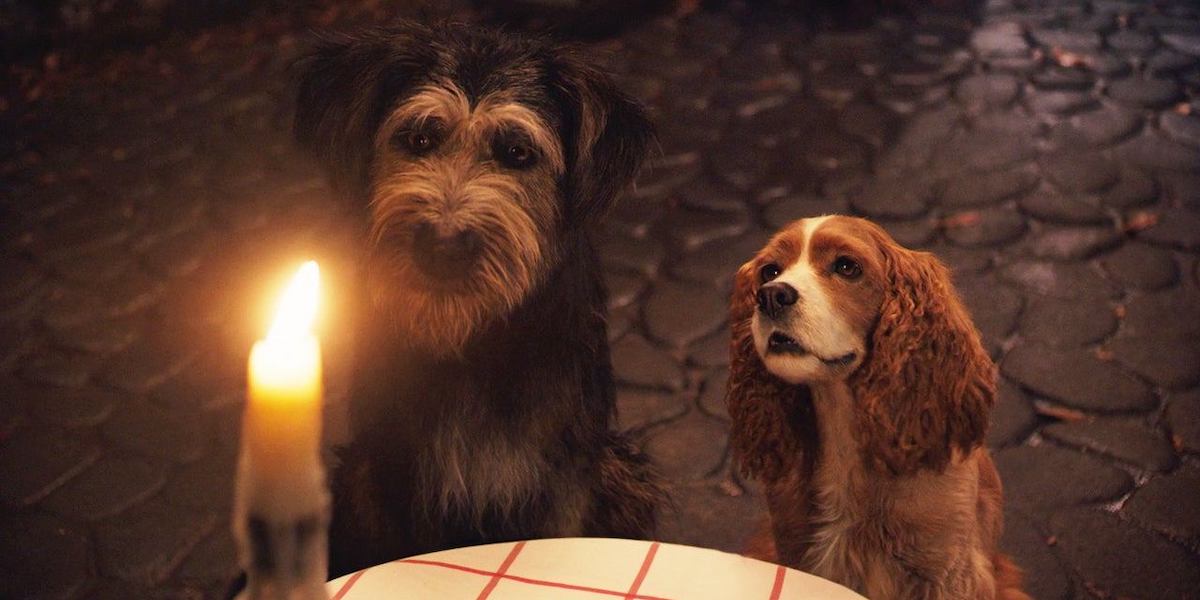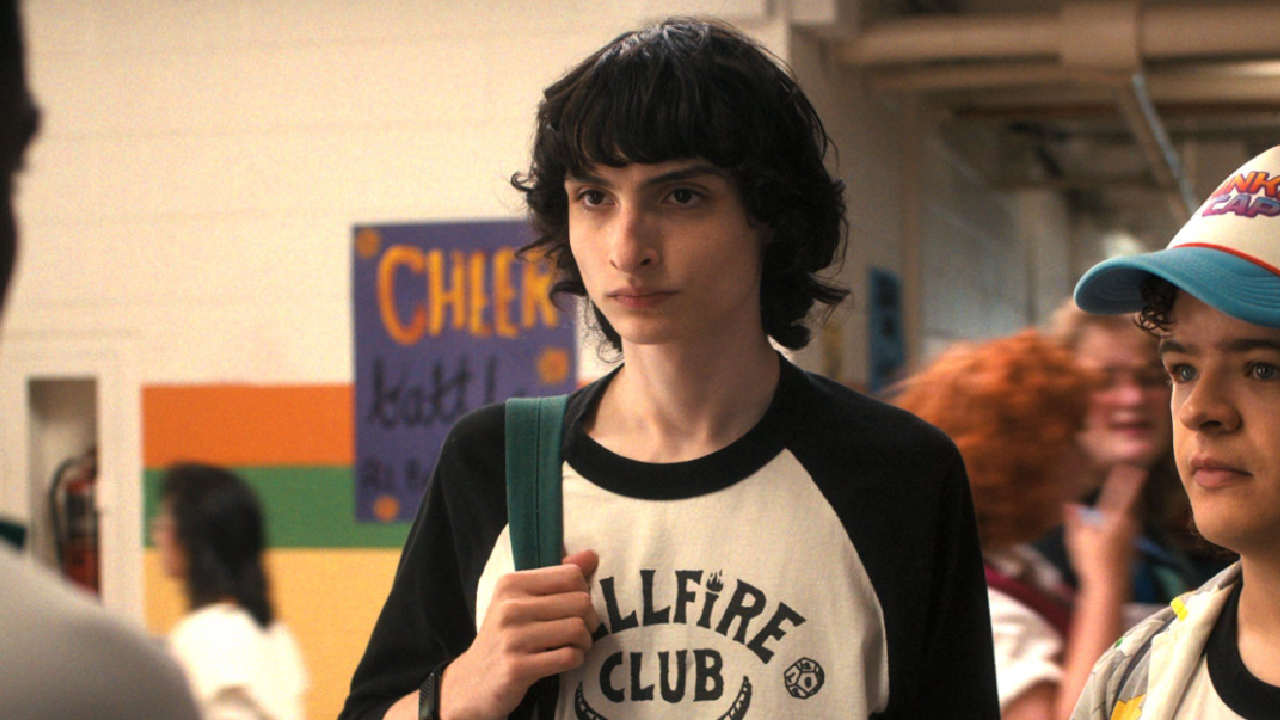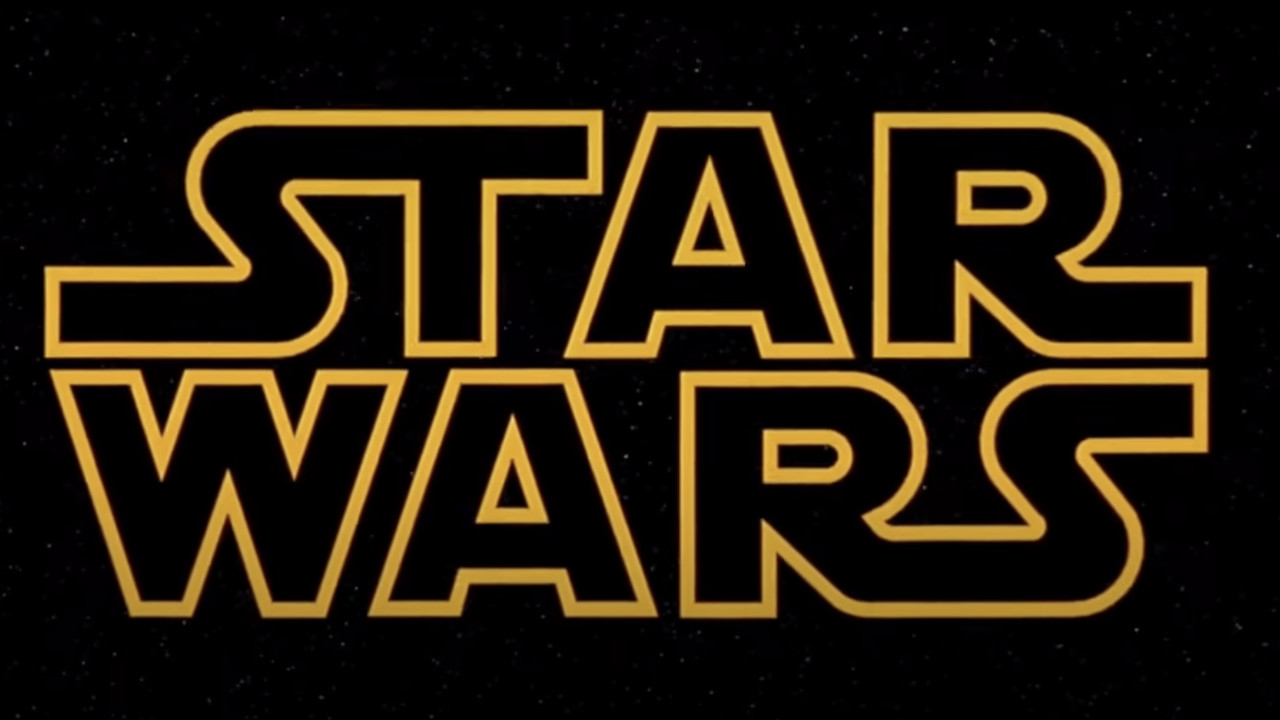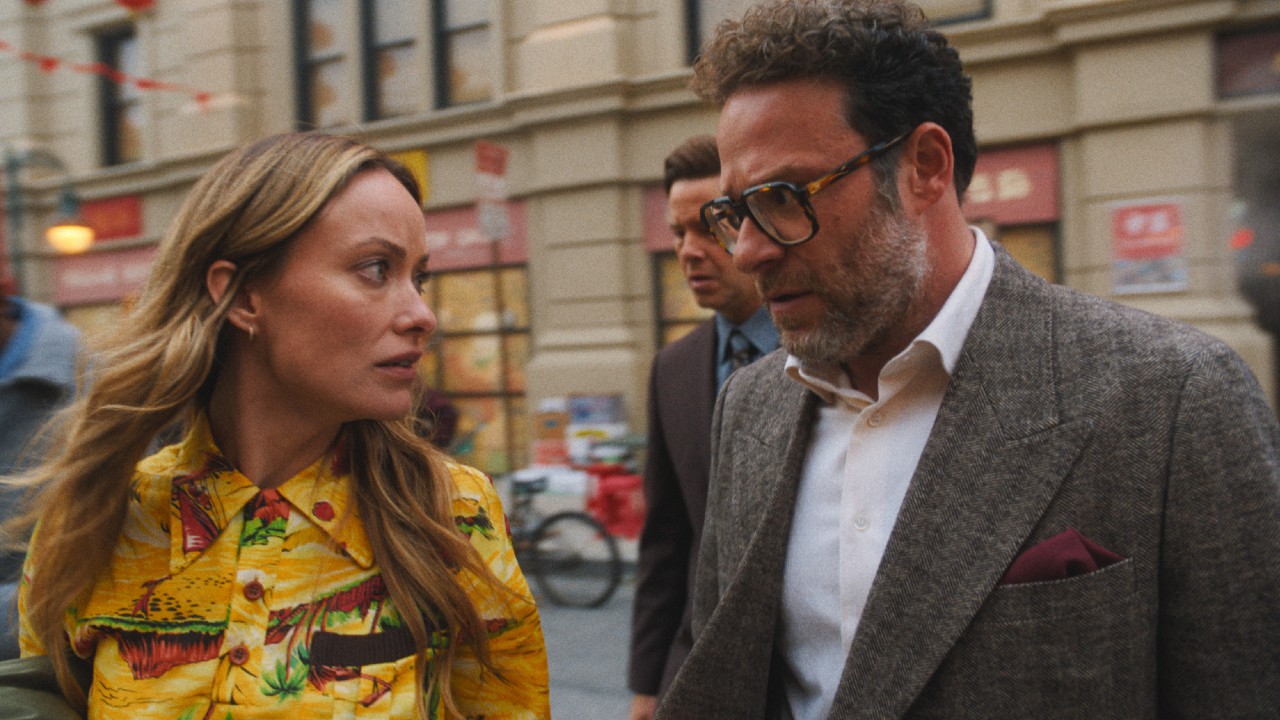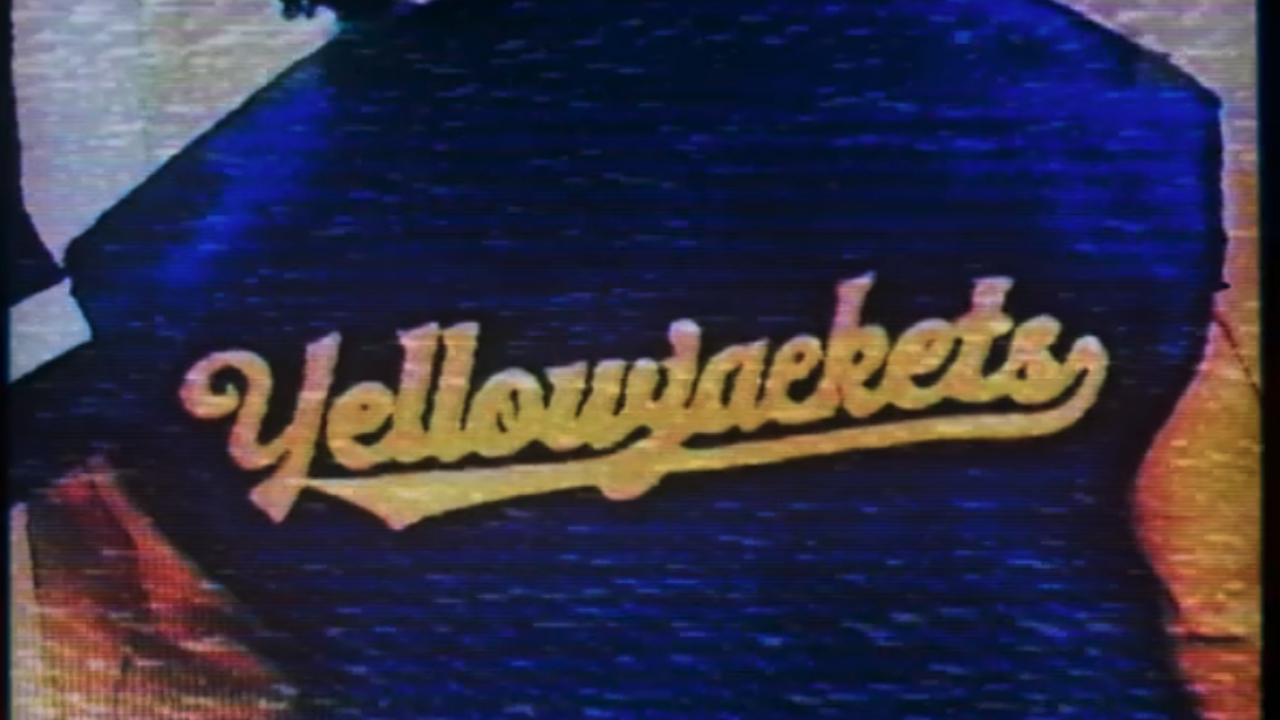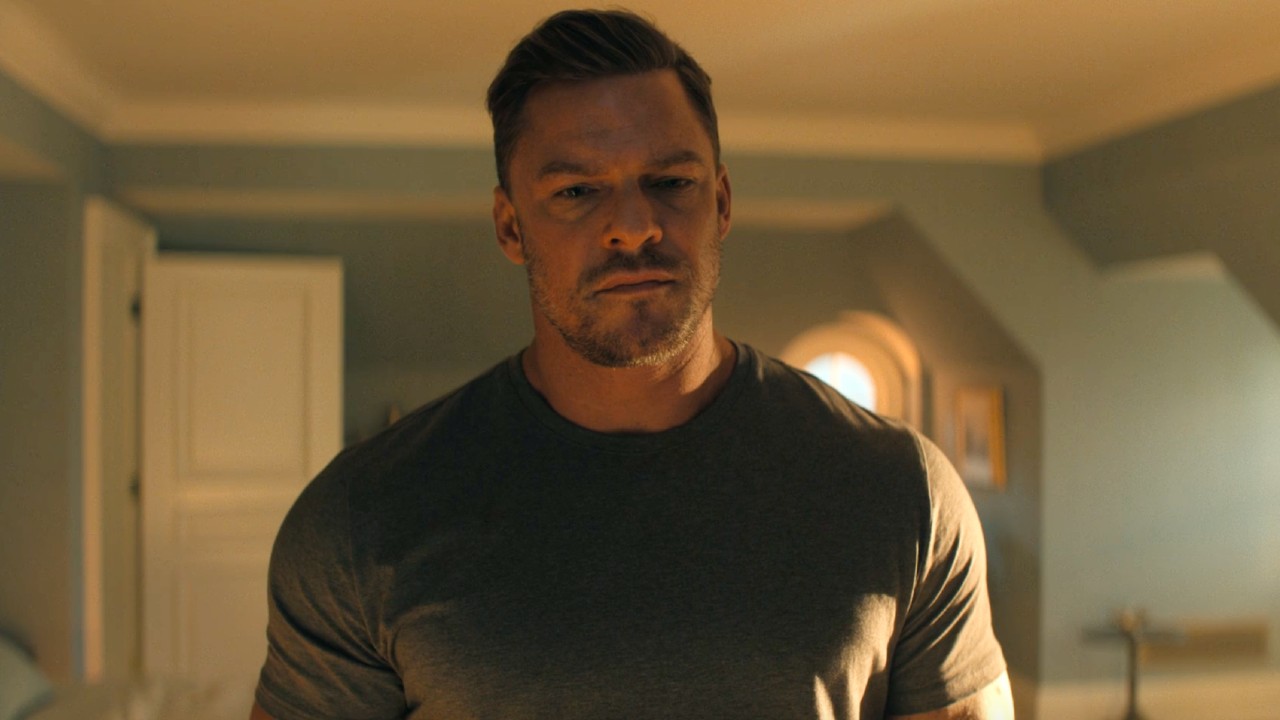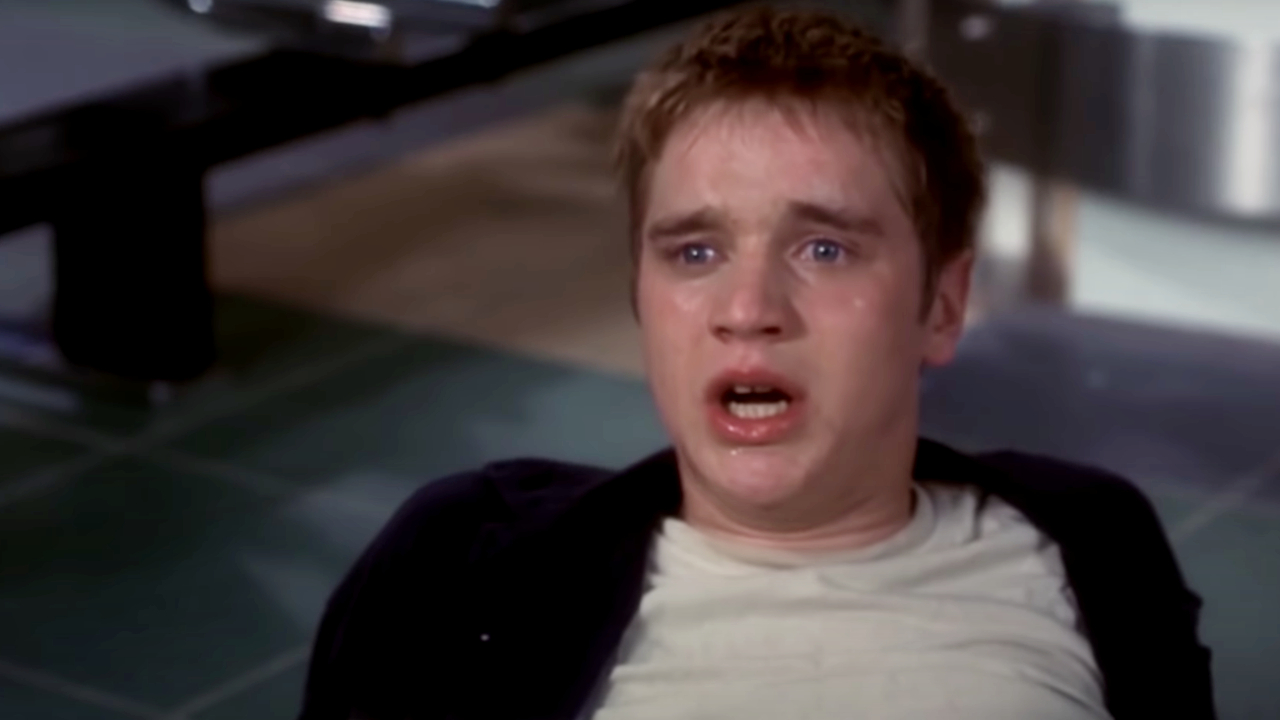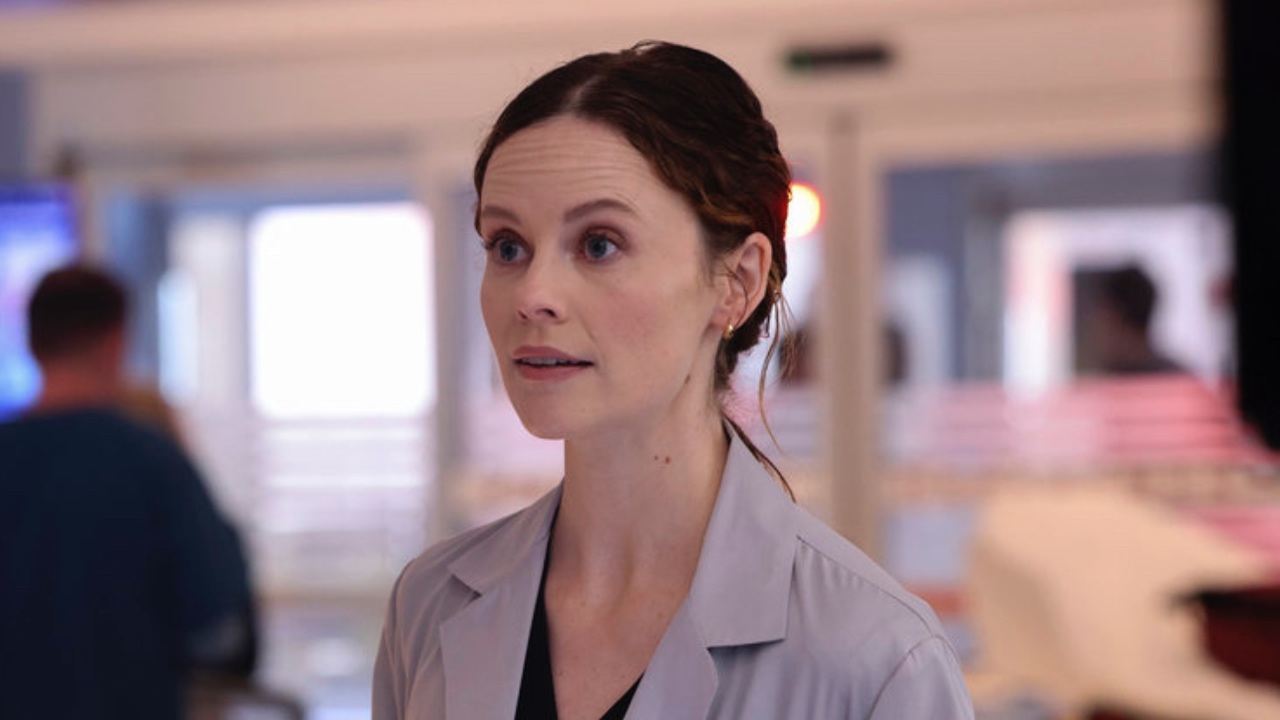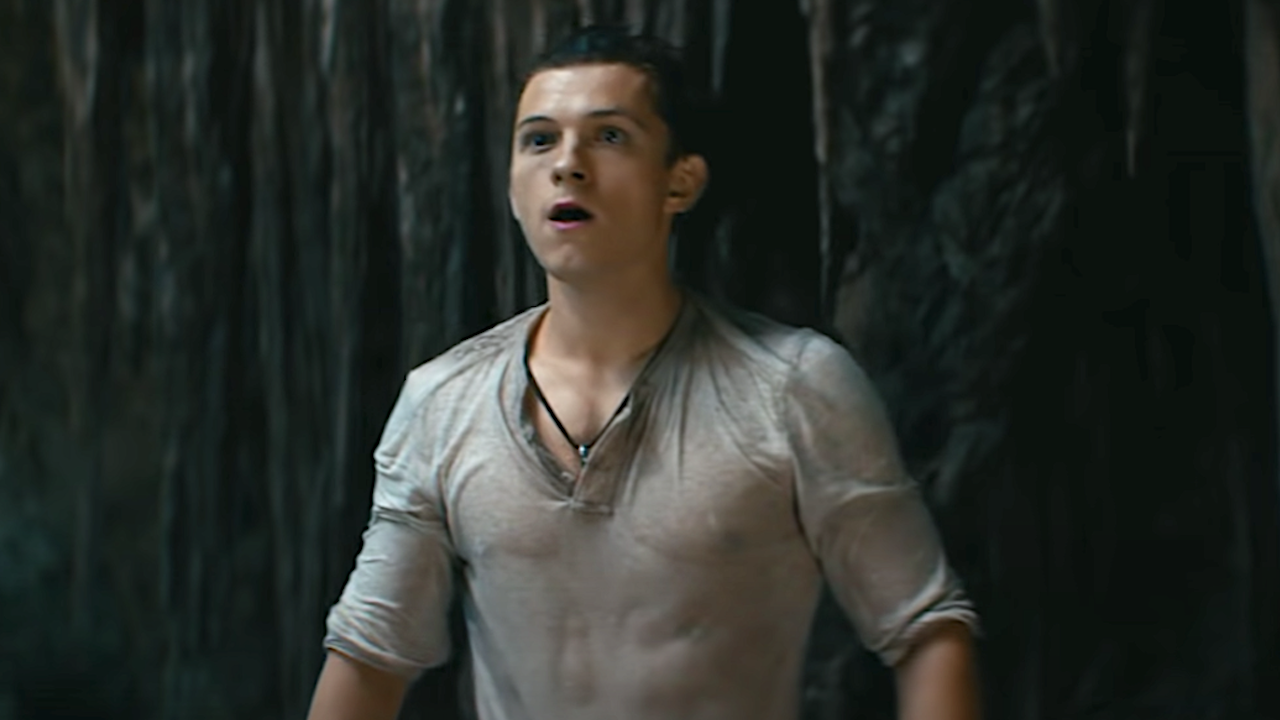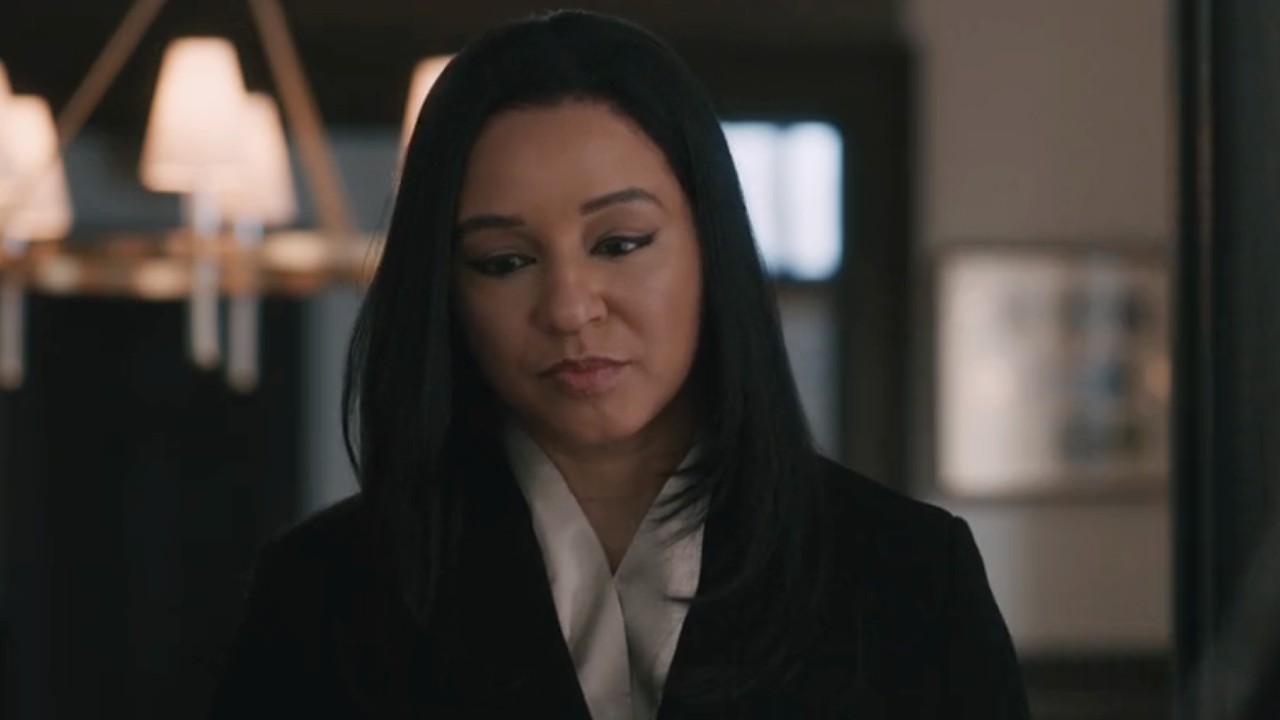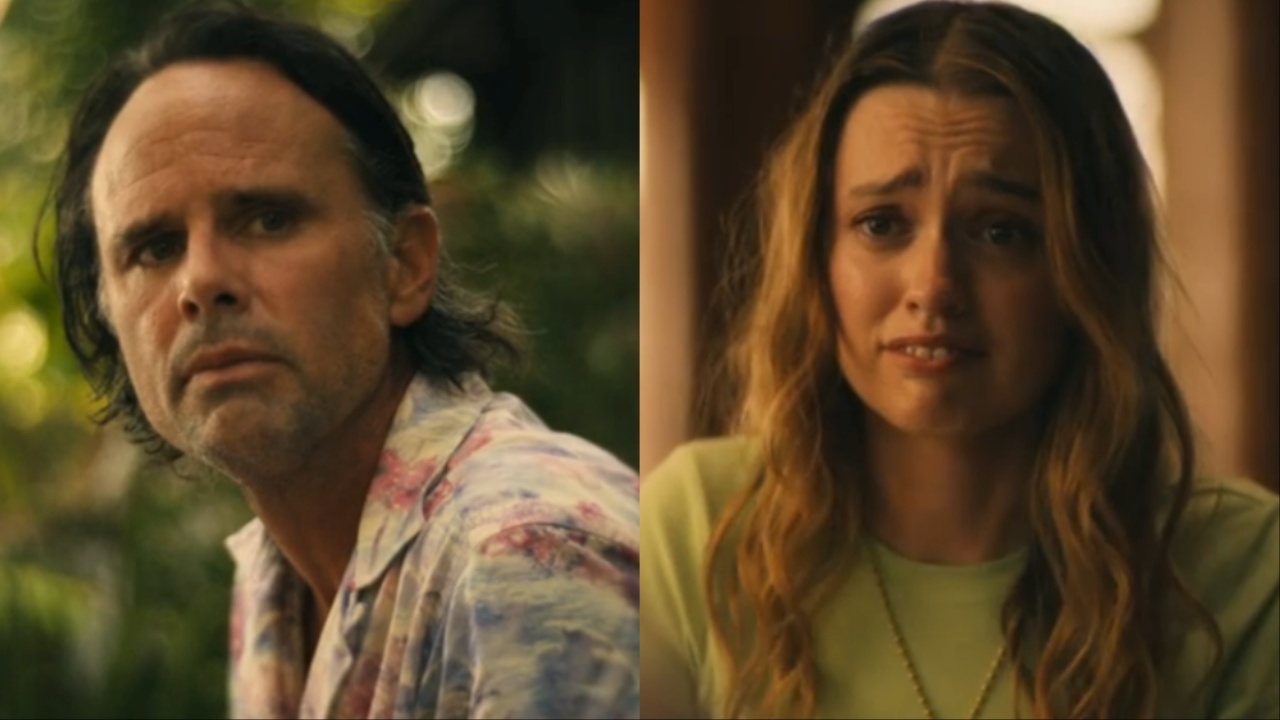The True Story Behind Why The Little Mermaid Almost Didn't Get Made
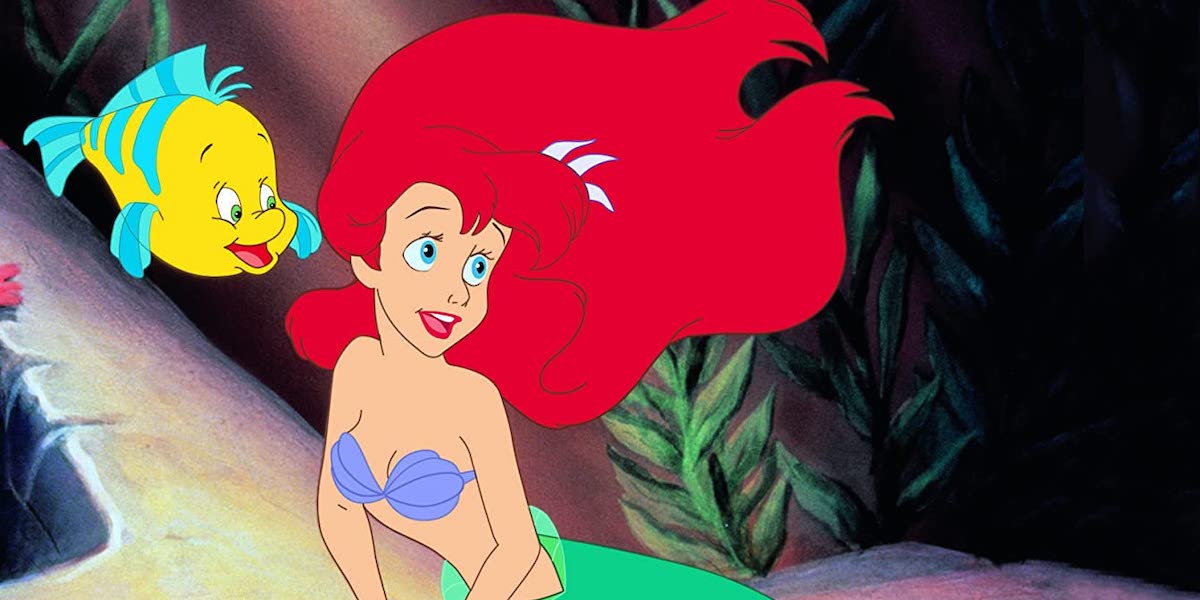
CinemaBlend participates in affiliate programs with various companies. We may earn a commission when you click on or make purchases via links.
Over 30 years later, The Little Mermaid is still one of the most iconic films that came from Disney's animation division. The tale of a young girl who dreams of being part of the human world, along with gaining her independence and falling in love, is a universal story that has remained a staple in pop culture. And it’s gearing up to be the studio’s next live-action blockbuster.
Yet, The Little Mermaid’s journey to the silver screen was no peaceful gondola ride across the water. The film weathered a near-impossible storm before it came together and found success. Let’s take a deep dive into the true story behind the making of the 1989 classic.
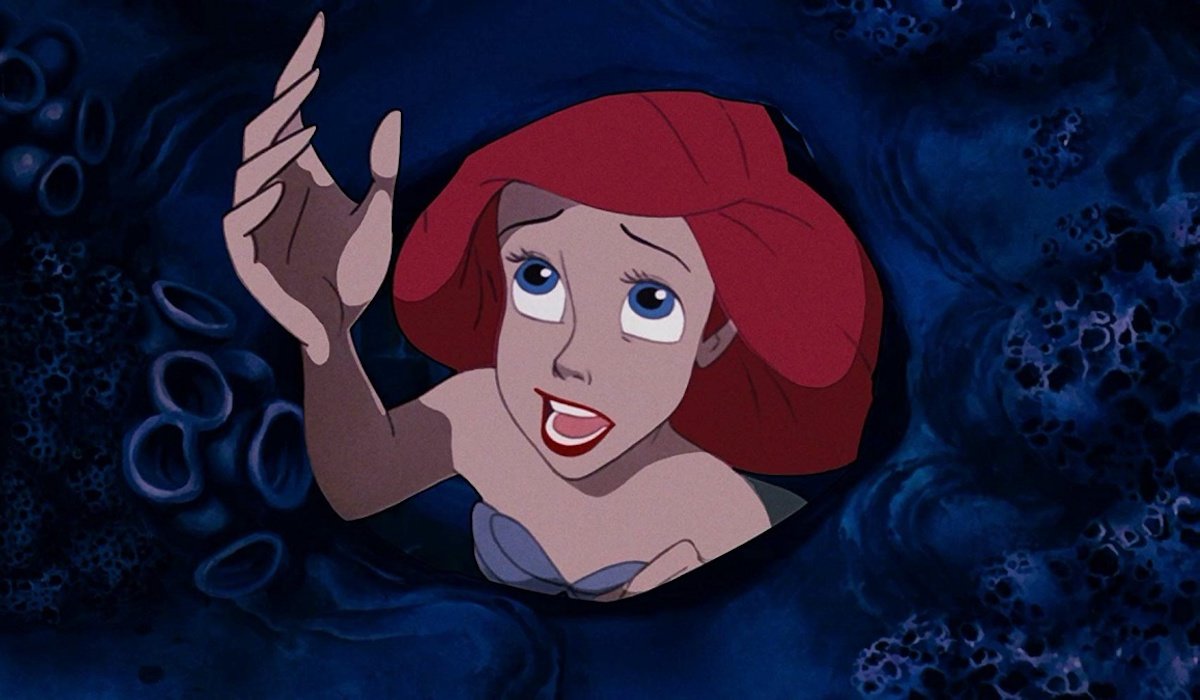
Walt Disney Actually Considered Making The Little Mermaid Into A Movie
The Little Mermaid was a story that Walt Disney himself considered adapting into a feature film back in the late ‘30s as a part of a feature film that would tell multiple Hans Christian Andersen stories. But the studio ultimately opted for more hopeful tales like Snow White and the Seven Dwarfs back in the day over the dark tale of The Little Mermaid. The original Danish story does follow a young mermaid as she saves a handsome prince from drowning and falls in love with him from afar. She visits a sea witch (aka Ursula) who makes her human in exchange for her tongue and beautiful voice. If she doesn’t win the heart of the prince, she will die of a broken heart. But the story is very different from Disney's animated film.
The potion the sea witch gives the mermaid feels like swords going through her body and when she walks it feels like she’s stepping on knives. In the tale, she meets the prince and dances for him despite the excruciating pain and they start to see each other. However, the whole time the prince thinks this other woman from a nearby temple is the one who saved his life. Once he finds out the temple girl is a princess, he gets married to her instead. The little mermaid is left heartbroken.
Her sisters strike a deal with the sea witch so she can become a mermaid again in exchange for their long hair. But she must kill the prince to seal the deal and she cannot bring herself to do it. Instead, the Little Mermaid dissolves into sea foam and dies. Not exactly Disney material, is it? Needless to say, it would be decades before Disney's animation studio revisited The Little Mermaid. It all started when Ron Clements, co-writer and co-director of The Little Mermaid, walked into a bookstore in 1985 and read the fairytale.
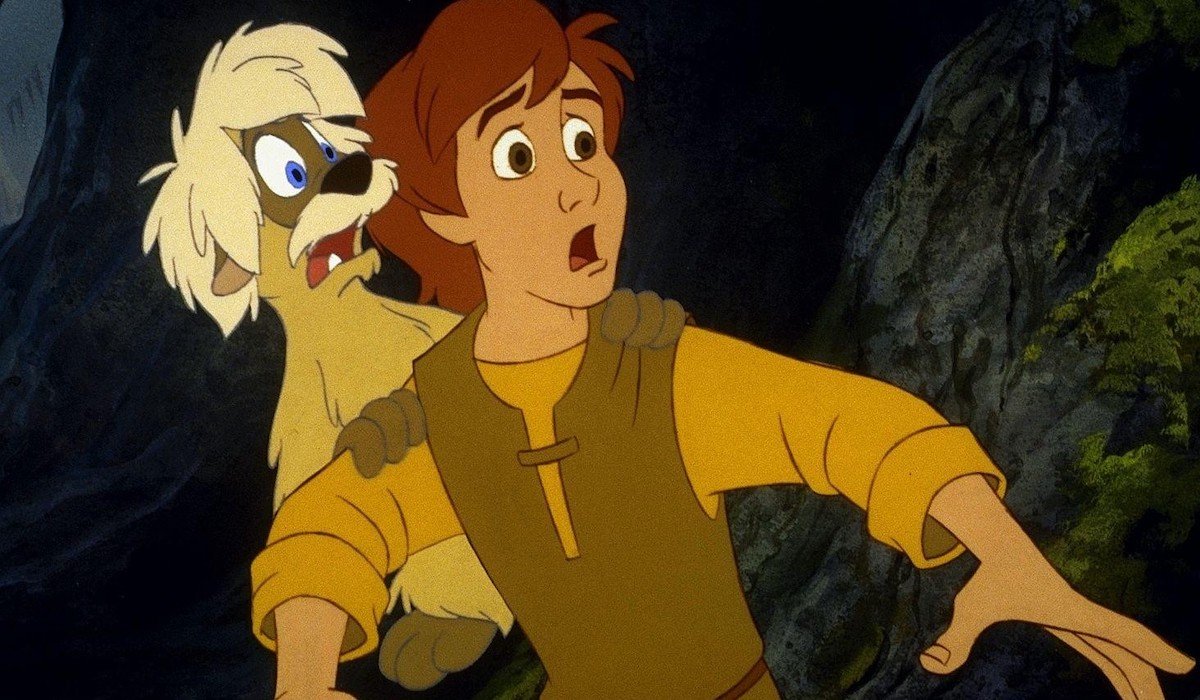
The Little Mermaid Began Development During A Rough Patch For Disney
Ron Clements pitched his version of The Little Mermaid to Disney at a time when the animation division was going through an uncertain transition. In 1985, many of the core animators who had spent their lives at the studio building the company were ready to retire and some had passed away. The animators who were left were moved from the main studio lot in Burbank to trailers over in Glendale so Disney could use the studio lot for other filmmaking pursuits. The House of Mouse was turning its focus to more adult content through the newly established Touchstone label. And animators were left with an uneasiness that its department might not continue if it couldn't produce a success.
CINEMABLEND NEWSLETTER
Your Daily Blend of Entertainment News
According to the documentary Treasures Untold: The Making of Disney’s The Little Mermaid, Disney was starting to think animated titles were no longer financially viable. The animation department was coming off the release of The Black Cauldron, which had been an incredibly expensive and a long production for the studio, yet became a huge flop for the company at the box office as part of a prolonged "dark spell" for Disney.
The Black Cauldron did not impress the new leadership assessing the company's future. Michael Eisner has just taken over as CEO of the Walt Disney Company during an already long stretch of shakeups following the death of Roy O. Disney in 1971. Jeffrey Katzenberg was brought on to oversee the motion picture division of the studio and vastly challenged the established animators about how they were doing things. It was amidst all this change The Little Mermaid was pitched and it's a wonder it ever came together at all.
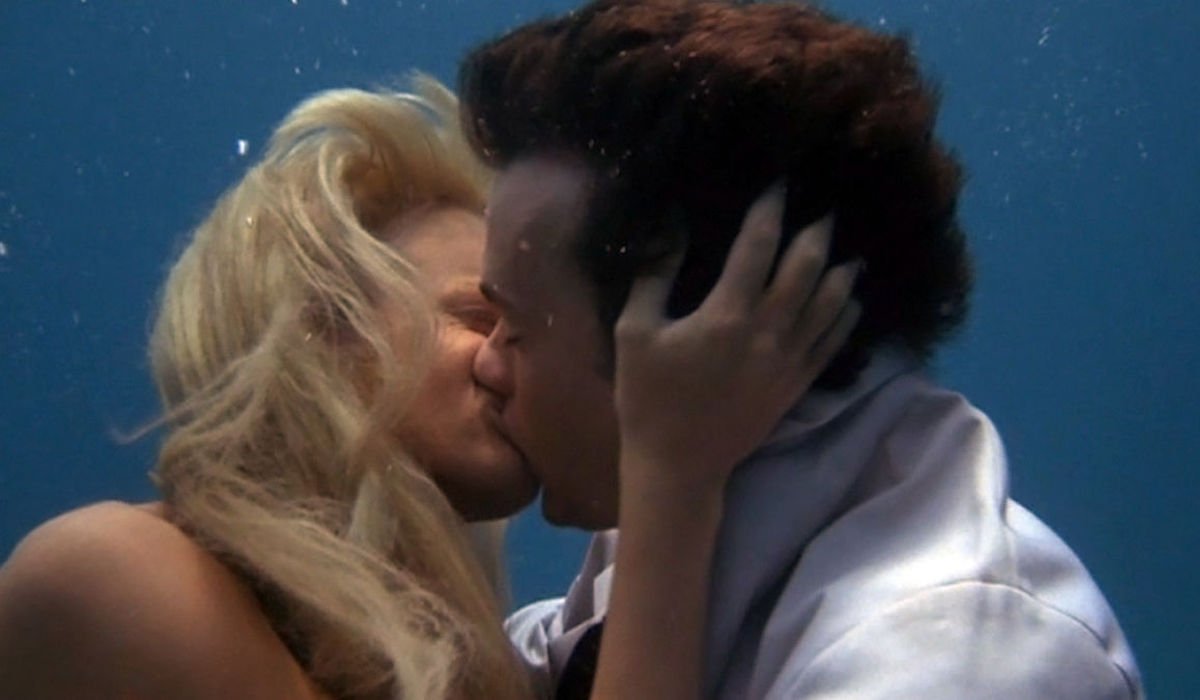
The Little Mermaid Was In The Shadow Of Splash's Success
Splash was the first movie that came from Touchstone and a really important movie for Disney and Hollywood for a number of reasons. One, because of the aforementioned move by Disney to start producing films outside of the norm for the brand. Business moves such as this would later lead the company to becomes the media mega-giant it is today. Splash would also help launch the career of director Ron Howard, since it was his first mainstream hit. It also marked the introduction of Tom Hanks to the world in his first leading role in a movie. The rom-com about a mermaid entering the human world became the 10th highest-grossing movie of 1984.
The marketability of another mermaid movie may have been on the mind of Ron Clements when he turned the pages of The Little Mermaid and wrote his two-page pitch to Disney. At first, former Disney CEO Jeffrey Katzenberg passed on the idea because Touchstone was already developing a sequel for Splash. Live action was doing better than animation, so why do another mermaid movie, right? The Disney executive later revisited the pitch and decided to greenlight the project. The Splash sequel later turned into a forgotten TV movie. Meanwhile, as Disney was making The Little Mermaid, the fear of being in the shadow of Splash was very much on the animators’ minds. Co-supervising animator for Ariel Mark Henn said this about creating Ariel’s appearance:
The choice for red hair was definitely a very conscious, deliberate choice. For me, what I remember is simply the fact that we’d just come out with a mermaid picture in Splash and you had a blonde Daryl Hannah. So right away, it was like we gotta do something different.
It was one of the many things The Little Mermaid animators had in mind as the movie was coming together. And it's a wonder the film became a hit at all. Disney had a disappointing early screening of The Little Mermaid that nearly had Katzenberg cut the song “Part of Your World” from the film. Even going into the opening weekend of the Disney film, the studio wasn’t particularly confident in what it had made.
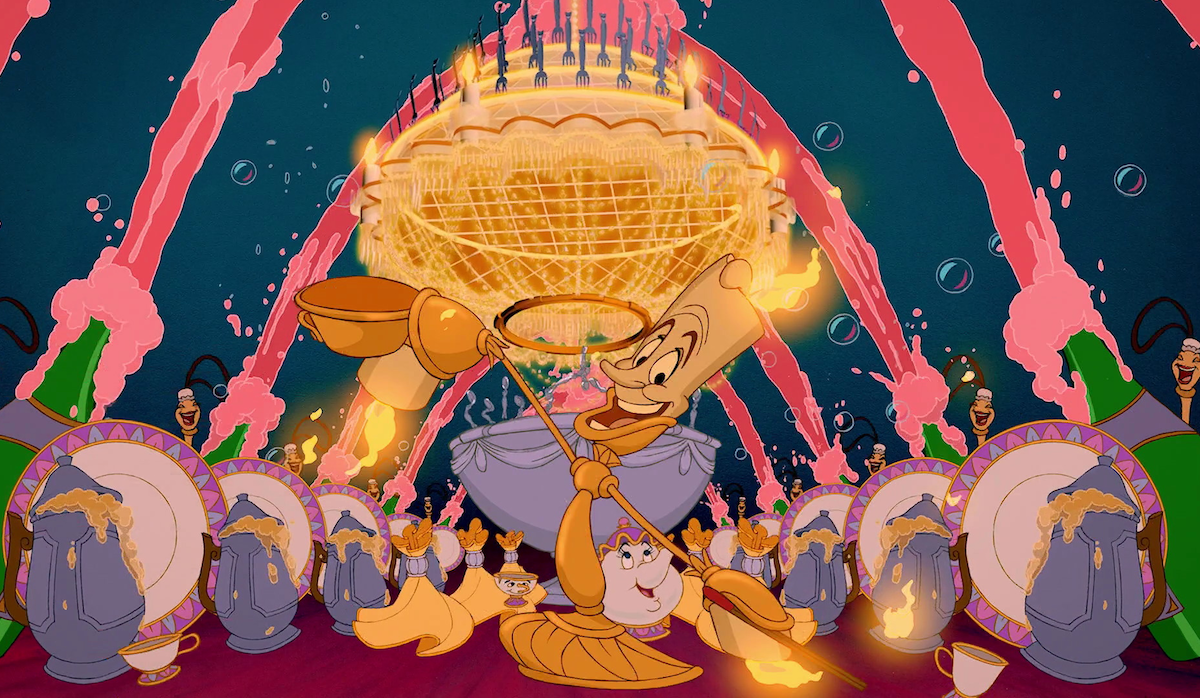
The Lasting Impact Of The Little Mermaid On Walt Disney Animation
That the film became a comeback for the studio and a vital turning point for the Walt Disney Company that made its animated movies important again cannot be understated. Though it faced challenges along the way, The Little Mermaid was a return to animation form because it was focusing on a fairytales in a similar vein to Sleeping Beauty and Cinderella, which the company had not pursued in 30 years. Plus, it was a full-fledged musical to boot. The 1989 film started Disney’s collaboration with composer Howard Ashman and lyricist Alan Menken, who have since become iconic names in the studio’s success.
The Little Mermaid kicked off what’s known as the Disney Renaissance that continued with Aladdin, Beauty and the Beast, The Lion King and so forth. The animated film had a lot of storms to weather before it hit the big screen. Between being rejected by Walt Disney back in the day to the animation department's struggles in the '80s, to its early comparisons to Splash and the audience's seemingly "meh" feelings at early screenings, it's a wonder the movie ever became a success. During the making of The Little Mermaid it was never thought of as the surefire success it later became.
The Little Mermaid is currently available to stream on Disney+ (sign up for a 7-day free trial here). For more information on the live-action version, stay tuned to CinemaBlend.
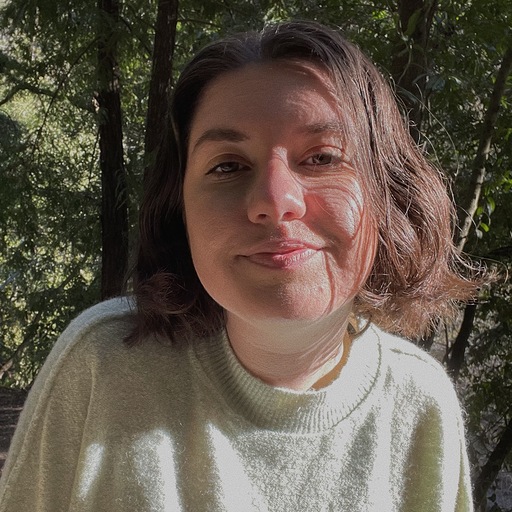
Sarah El-Mahmoud has been with CinemaBlend since 2018 after graduating from Cal State Fullerton with a degree in Journalism. In college, she was the Managing Editor of the award-winning college paper, The Daily Titan, where she specialized in writing/editing long-form features, profiles and arts & entertainment coverage, including her first run-in with movie reporting, with a phone interview with Guillermo del Toro for Best Picture winner, The Shape of Water. Now she's into covering YA television and movies, and plenty of horror. Word webslinger. All her writing should be read in Sarah Connor’s Terminator 2 voice over.
